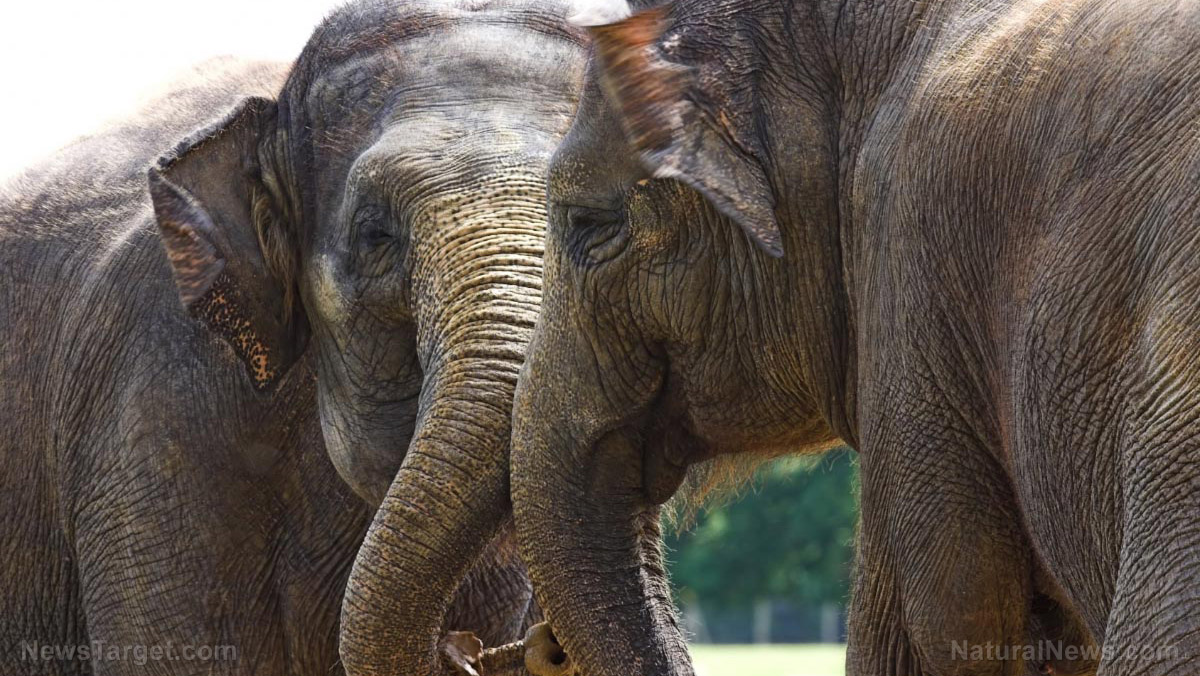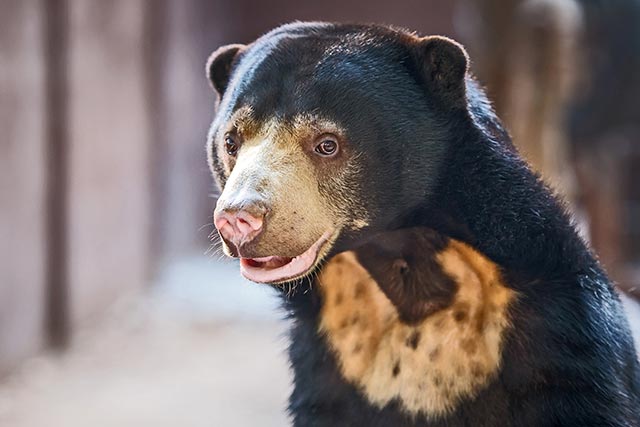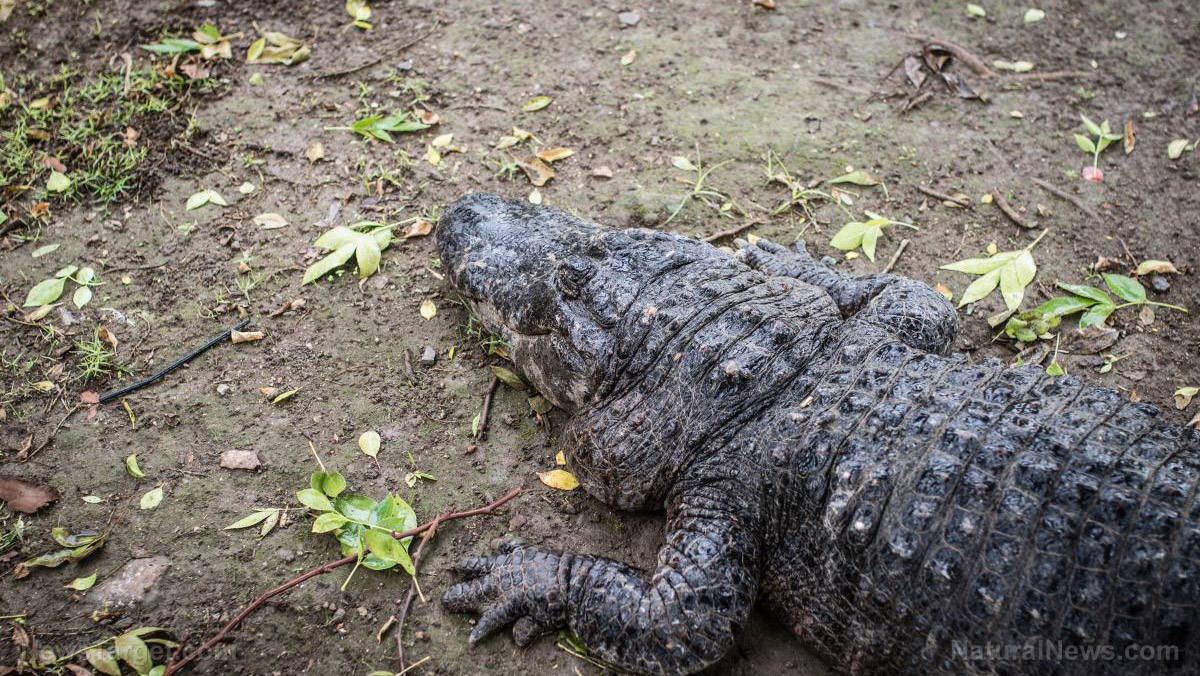
Elephants have a "unique" relationship with their dead, and a study done by experts at the San Diego Zoo Institute for Conservation Research examined this in detail. The researchers monitored the way in which the animals interacted with carcasses and found that in all cases, the elephants would touch and examine the remains.
The elephants were seen vocalizing and attempting to lift or pull those that had just died, researchers said.
The idea of elephants having a unique relationship with their dead has been observed for years, but it isn't until lately that scientists were able to examine it in detail.
They found that elephants show a general interest in their dead, even after bodies have decayed, and they didn't have a close bond with them. "The motivations underlying observed behaviors are hard to know, but clearly varied across circumstances and individuals," said study co-author Shifra Goldenberg.
"For example, some elephants made repeated visits to a possible carcass, and a temporal gland streaming by a young female at the site of her mother's carcass is associated with heightened emotion."
Elephants form lasting relationships over decades, and individuals maintain different types of relationships across different populations. The animals that live in very complicated social societies with groups that merge and divide over long periods make remembering a wide range of individuals a necessary ability. (Related: More like humans than most realize, Asian elephants are very social creatures with complex personalities.)
With their notorious cognitive abilities, extensive memory, and highly sophisticated sense of smell, witnessing elephants interact with their dead "sends chills up one's spine," says Dr. George Wittemyer from Save the Elephants, as their behavior clearly indicates advanced feelings. "This is one of the many magnificent aspects of elephants that we have observed, but cannot fully comprehend," he added.
When greeting each other after separation, elephants also use their strong sense of smell to investigate the individual they are greeting, suggesting that they are constantly updating their social and spatial information. It is also possible, for instance, that their behavior towards a carcass serves the same purpose and has important implications for their survival.
Researchers noted that they hope future studies will be performed to better understand elephant memory and explore their response to death.
Exploring death and grief
Elephants have intense social groups, to the point that they become extremely upset if one of their own dies. They even have grieving and funeral rituals for their close members.
Upon seeing the bones or carcass of another elephant, a family will stop and investigate them, whether or not they are related to the group. They will then have rituals that include touching the bones gently with their trunks, remaining very quiet, and even covering the body with leaves and grass. If the elephant is one of their own, they also stay with the body for days or weeks at a time.
Elephant researcher Martin Meredith shared his story about a family of elephants with their dead matriarch, who were all gently touching her body with their trunks, trying to lift her. The herd was all rumbling loudly, with the calf observed to be weeping and making sounds that sounded like screams. "But then the entire herd fell incredibly silent. They then began to throw leaves and dirt over the body and broke off tree branches to cover her. They spent the next two days quietly standing over her body. They sometimes had to leave to get water or food, but they would always return."
At times, elephants even cry when they become stressed. While scientists think it is difficult to fathom whether this is an emotional or biological reaction, it is not uncommon to see elephants cry at the death or body of another elephant.
Elephants also sound different when they grieve. They vocalize in low grumbles and high-pitched screams following a death, leading many to believe that they do experience grief like humans.
Though it is difficult to assume how elephants process grief, it is established that they are one of the most emotionally aware animals on the planet: while our view of what funerals are may or may not align with their emotional process, their ritualistic mourning behavior does let humans know they aren't alone in experiencing this type of distress.
Read more at WeirdScienceNews.com.
Sources include:
Please contact us for more information.




















